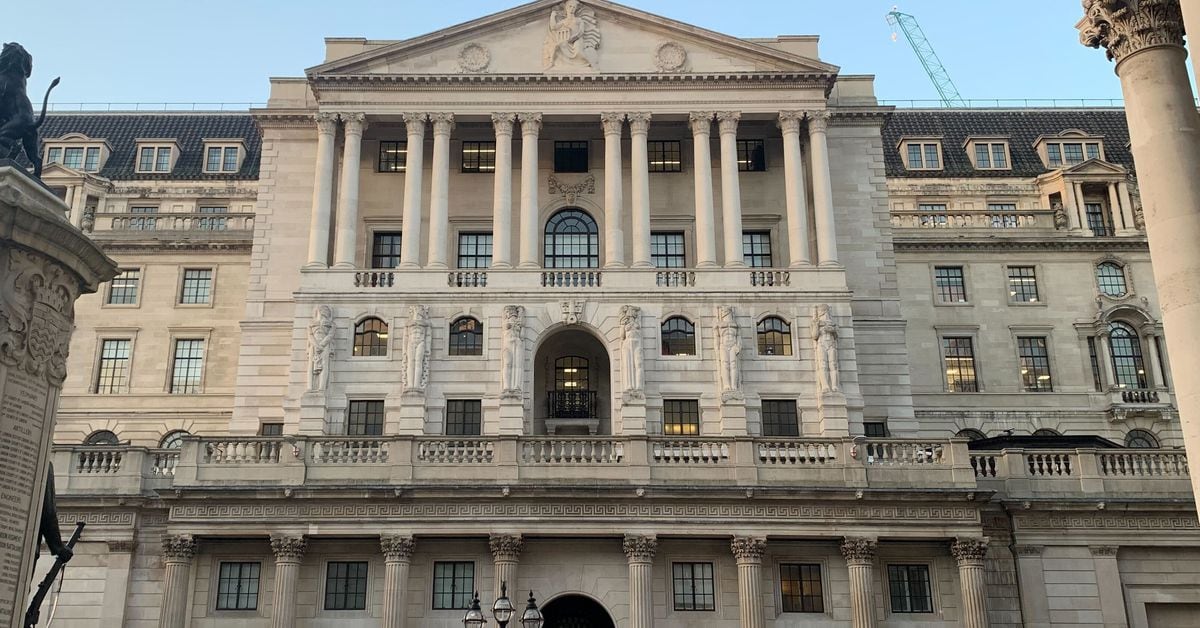Exploring the Integration of Stablecoins into Traditional Financial Systems
In the rapidly evolving world of finance, the conversation around digital currencies is getting more intense, especially with the emergence of stablecoins. These digital currencies, designed to offer the stability traditional currencies have, are now catching the eye of big financial regulators and institutions. Recently, a major bank has stepped into the fray, announcing their commitment to ensuring that all forms of money—whether it’s cash, bank deposits, or stablecoins—remain interchangeable and retain their singleness of money. This move marks a significant step towards integrating stablecoins into the traditional financial ecosystem, and it’s worth diving deeper to understand what this means for the future of finance.
Ensuring the Singleness of Money with Stablecoins
The idea of maintaining the singleness of money is no small feat, especially with the introduction of stablecoins. This principle means that regardless of the form, money should remain consistent, reliable, and interchangeable across all platforms and transactions. The bank’s collaboration with top financial authorities like the Treasury, Payments Systems Regulator, and the Financial Conduct Authority signifies a united front in adapting to digital advancements while ensuring the stability and reliability of money are not compromised.
The Hybrid Future of Finance
The integration of stablecoins into our existing financial system points toward a hybrid future where digital and traditional forms of money coexist. By working closely with regulatory bodies, the bank is not only acknowledging the growing relevance of stablecoins but also setting the stage for a financial ecosystem that leverages the benefits of both digital and traditional currencies. This approach could pave the way for more secure, efficient, and versatile financial transactions, benefiting a wide range of users, from everyday consumers to large financial institutions.
The Role of Regulatory Cooperation
Regulatory cooperation stands as a cornerstone in the successful integration of stablecoins into the financial mainstream. The concerted efforts between financial giants and regulatory authorities underscore the importance of a regulated framework that can adapt to the nuances of digital currencies while maintaining the integrity of the financial system. Such cooperation is vital in navigating the complexities of digital finance, ensuring consumer protection, and fostering innovation within a secure and trustworthy framework.
The Promise of Stablecoins in Digital Transactions
Stablecoins offer a unique proposition by combining the stability of traditional currencies with the flexibility and efficiency of digital transactions. Their potential to facilitate seamless, cost-effective, and fast transactions makes them an attractive option for both consumers and businesses. As financial institutions and regulators work towards a cohesive strategy for stablecoins, the promise of enhanced financial services that cater to the digital era becomes increasingly tangible.
In essence, the move to integrate stablecoins into the traditional financial system signals a transformative period in finance. The collaboration between banks and regulatory bodies to ensure the singleness of money—even in the face of emerging stablecoins—highlights a forward-thinking approach to financial innovation. As we move towards a future where digital and traditional forms of money blend seamlessly, the possibilities for what this means for everyday financial transactions, global commerce, and economic stability are vast and exciting.
Conclusion: Embracing the Future of Finance
The integration of stablecoins into the existing financial ecosystem represents a significant milestone in the evolution of money. The collaborative effort between financial institutions and regulatory bodies to maintain the singleness of money is a testament to the potential of stablecoins in contributing to a more inclusive, efficient, and stable financial system. As this journey unfolds, it will be fascinating to see how stablecoins redefine our interaction with money and usher in a new era of financial services.
In conclusion, the proactive steps towards embracing stablecoins highlight the financial industry’s readiness to adapt to digital innovations. With the right regulatory framework and continued cooperation between various stakeholders, the future of finance looks bright, promising an integrated system where digital and traditional currencies co-exist, offering the best of both worlds to users worldwide.
